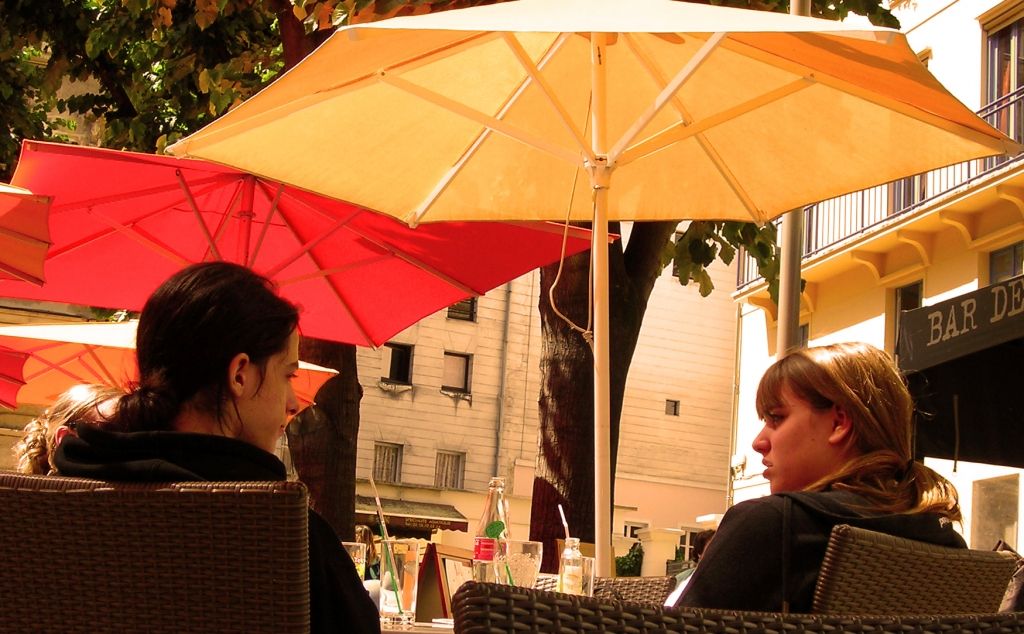- Details
- Written by Gina Vozenilek
- Category: News
- Hits: 2347
Recently a hot topic popped up over at the Facebook page for KCNQ2 parents and caregivers. What do you say to questions and comments about your child who has KCNQ2-related epilepsy? How do you react to well-intended but unwanted advice such as “have you tried juicing?” How do you respond to observations that can send you into an emotional tailspin, such as “but he looks so normal?” What kind of answer do you give to the person who asks, “How’s your daughter doing?”
The parents had a lively discussion about their different responses for these kinds of questions. Approaches varied, but it was pretty much unanimous that the parent’s prerogative to respond or not respond always trumps the curiosity of the person asking.
While its true that parents and caregivers generally appreciate those who express concern for their child and want to be courteous and accommodating, sometimes the moment is not right or they just don’t have the spare energy to get into a conversation. One wise mom pointed out that being polite is not as important as preserving your sanity.
Perhaps the one question that most consistently flummoxed the parents was this: When someone inquires about the nature your child’s condition, how much of the complicated science do you try to explain? Many parents remarked that even when they did their best to give a crash course in KCNQ2 101, the reaction was often disappointing. Some people ask but don't really want an answer, or aren't prepared for a lengthy neurology seminar.
So here’s a handy tool for parents and caregivers to use when faced with the how-much-science question. I’m calling it the 5-Finger K-C-N-Q-2 response.
Keep it simple until you know that the person wants more detailed information. Don’t be a boring professor, trapping your audience in a lecture they didn’t realize they were signing up for. Instead, have an easy answer at the ready, such as: “Jack has a form of epilepsy caused by a genetic mutation that also affects development and muscle control.”
Check the interest level. Pause and assess whether the person is really concentrating. You might be done already. If you are, smile and thank the person for asking. Is he or she genuinely still engaged? Great! Continue with:
“No one fully understands the condition yet--it’s so new.” It doesn’t even have a proper name! This is a useful comment because it says that your child is a pioneer. He or she is not someone to feel sorry for, but someone remarkable whose case is helping to define the emerging science. The answer is honest and leaves room for people to take away a positive impression.
Question. Is the conversation still alive and kicking? You can ask, “Do you want to know more about the science?” If the answer is yes, …
“2” the website! Direct the person to www.Jacksarmy.org. If he or she is truly curious, the website will help you do the heavy lifting. You can mention the recent trip to the research lab at Baylor, and that the media has recently taken an interest in KCNQ2-related epilepsy. There are some short news clip links on the website that tell the story. For those who want to get down to neurons and potassium channels, more detailed information is available, and we plan to add to our educational resources in the coming months. People who are genuinely motivated to understand your child’s condition can help spread the word, too. Some may even want to know how they can offer financial support. The website can help with all of those interests.
In the meantime, if you are a parent of a child with KCNQ2-related epilepsy, continue to share your questions and frustrations and helpful suggestions over on the Facebook page. Having a private support group of parents who really understand is an important resource for you as you move forward.
Add new comment
- Details
- Written by Gina Vozenilek
- Category: News
- Hits: 2996
[caption id="attachment_412" align="aligncenter" width="600"]
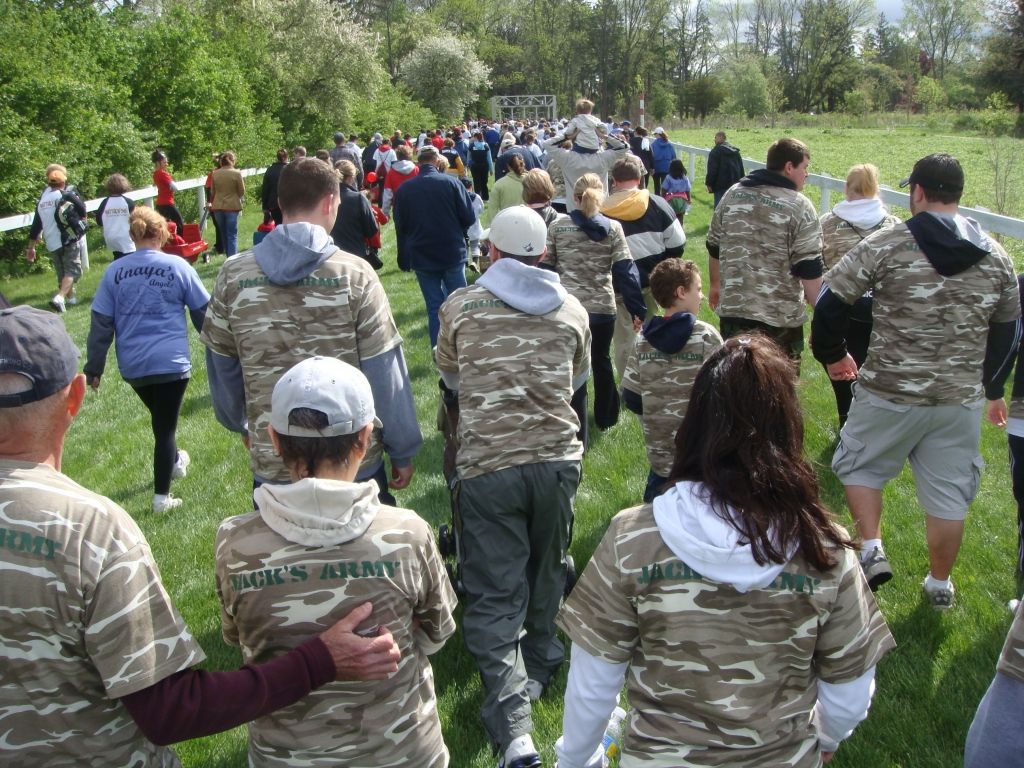 Jack's Army at our first Epilepsy Walk in Wheaton, IL, May, 2009.[/caption]
Jack's Army at our first Epilepsy Walk in Wheaton, IL, May, 2009.[/caption]Nearly 5000 people gathered on the National Mall in Washington on Saturday, March 22, for the 8th National Walk for Epilepsy. According to their website, the event raised more than $900 K for research.
The money is important of course. Very important. The fact that one in 26 Americans will develop epilepsy at some point in their lives should mean that epilepsy research receives tons of grant money, but it doesn’t. Cure Epilepsy reports that “epilepsy affects more people than multiple sclerosis, cerebral palsy, muscular dystrophy and Parkinson's combined – yet receives fewer federal dollars per patient than each of these.” Epilepsy research is woefully underfunded.
But why walk? The first time I registered to participate in my local Epilepsy Foundation chapter’s Wheaton, Illinois, event, I did it for my new nephew Jack. But I’ll be honest: I wondered what the heck I was doing it for. Besides the money, I mean, which was obviously a good thing.
It was 2009, and Jack was a little more than 2 months old. We had no diagnosis beyond “some kind of epilepsy” yet—KCNQ2 was nowhere on our horizon—and I remember Mike and Liz had to scramble to get a group together and have some t-shirts printed. The registration forms wanted a name for our group, and that’s when Mike and Liz first wrote in “Jack’s Army.”
These were still our weepy days, when the overwhelming weight of Jack’s poorly understood but clearly serious condition was just beginning to settle heavily on our shoulders, and we were all learning how to bear up under it. The pain of his lengthy hospitalizations and batteries of tests was still raw and frightening. A walk in the park seemed more than a little ironic to me.
But the day for the walk arrived and we all donned our camouflage t-shirts and assembled around Jack’s stroller. Between family and friends, there were quite a few of us, dozens and dozens. Suddenly we were a physical army of friends and family, and I understood then why we were doing it.
Here are 5 reasons why you should walk, too:
1. Moving is better than standing still. Especially in the early days of a diagnosis, getting out of your routine and walking converts nervous or sad energy into positive energy. It is an easy way to take a step forward, literally.
2. Epilepsy can feel isolating. But participating in a Walk is bright proof that your child is not alone. You will be surrounded by a rainbow of t-shirts— inspired groups of people rallying around each other and making connections.
3. Epilepsy is a family affair. The people who love you and your child with epilepsy are affected by it too, and they want to do something. This is a great opportunity for all generations to get involved. It’s a fun way to help siblings take an active role, too. My kids were so proud to take turns pushing their cousin Jack in his stroller.
4. Represent! Besides the goal of raising money, the walk raises awareness of the different faces of epilepsy. If your child has an uncommon one like KCNQ2 epilepsy, this s great opportunity to educate others. Join your child’s story to the many others that are out there.
5. Grow the numbers. The number of dollars to support research, the number of people who turn out to show their support. Epilepsy Foundation walks all over the country are building a proactive community working together to find a cure, and we need you!
Wednesday, March 26 is Purple Day to raise awareness of epilepsy. It’s a perfect time to register for your local epilepsy walk. You can find yours on the Epilepsy Foundation website. A special shout to our friends in Chicago, Houston, and Denver. Take a walk!
- Details
- Written by Gina Vozenilek
- Category: News
- Hits: 21752
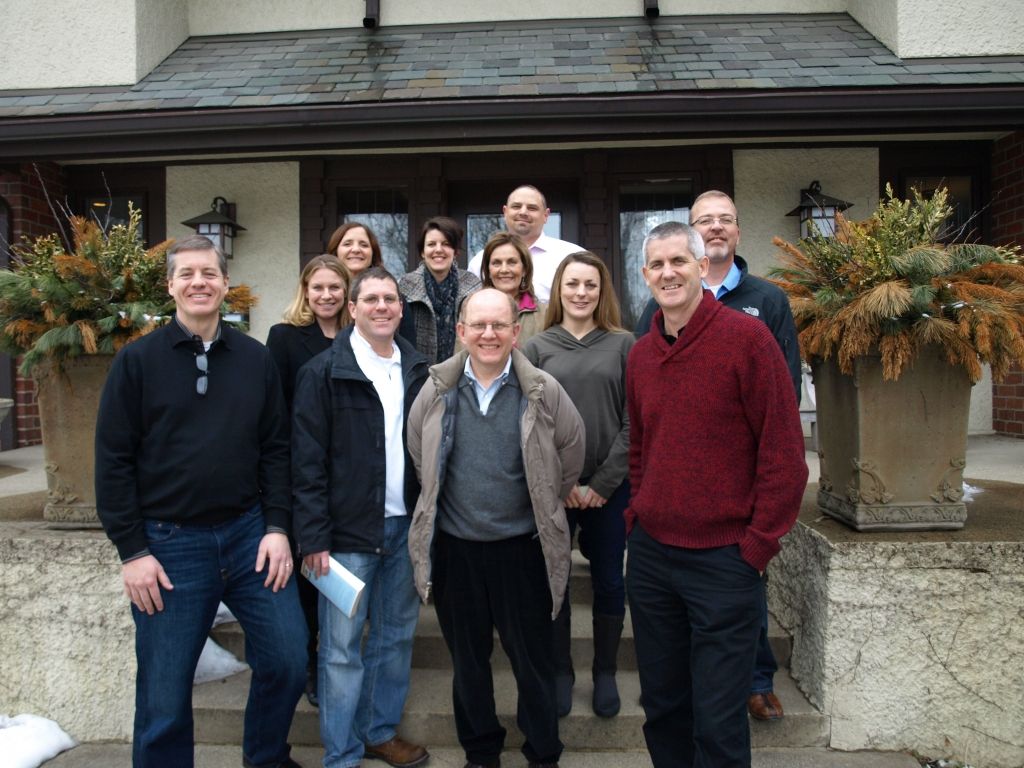 The Jack Pribaz Foundation Board and guests. Front row, L-R: Eric Pierce, Mike Pribaz, Ed Cooper, Brian Baird; women in the middle, L-R: Liz Pribaz, Laura Javech, Gina Pribaz Vozenilek, Sara James Butcher, Scotty Sims; Last row, L-R, John Vozenilek, Jim Johnson[/caption]
The Jack Pribaz Foundation Board and guests. Front row, L-R: Eric Pierce, Mike Pribaz, Ed Cooper, Brian Baird; women in the middle, L-R: Liz Pribaz, Laura Javech, Gina Pribaz Vozenilek, Sara James Butcher, Scotty Sims; Last row, L-R, John Vozenilek, Jim Johnson[/caption]You’ve probably heard stories of the crazy feats of strength that a panicked parent can perform when a child is in grave physical danger. Juiced up by adrenaline fear, and powered by love, a mother or father can do amazing things for their child.
This weekend we got a glimpse of the powerful synergy that happens when a group of these super parents joins forces. Mike and Liz Pribaz and the Board and friends of Jack’s Army welcomed Jim Johnson and Scotty Sims, parents of Harper in Colorado, Sara James, mother of Jacqueline in Melbourne, Australia, and researcher Dr. Edward Cooper from Houston. No one wore capes or tossed any automobiles, but one person remarked that it seemed like a gathering of the Justice League. You get the feeling that now that these parents have found each other, there’s not much they cannot do together.
Search, click, CONNECT
It was a fortuitous late-night Google search that located Dr. Cooper in January of 2012. Then Mike sent an email into the void, and Dr. Cooper responded within hours. That crucial connection was a game changer for the emerging KCNQ2 community. Soon Dr. Cooper and Jack’s neurologist in Chicago, Dr. John Millichap, would begin a fruitful research partnership that continues to grow.
[caption id="attachment_282" align="aligncenter" width="600"]
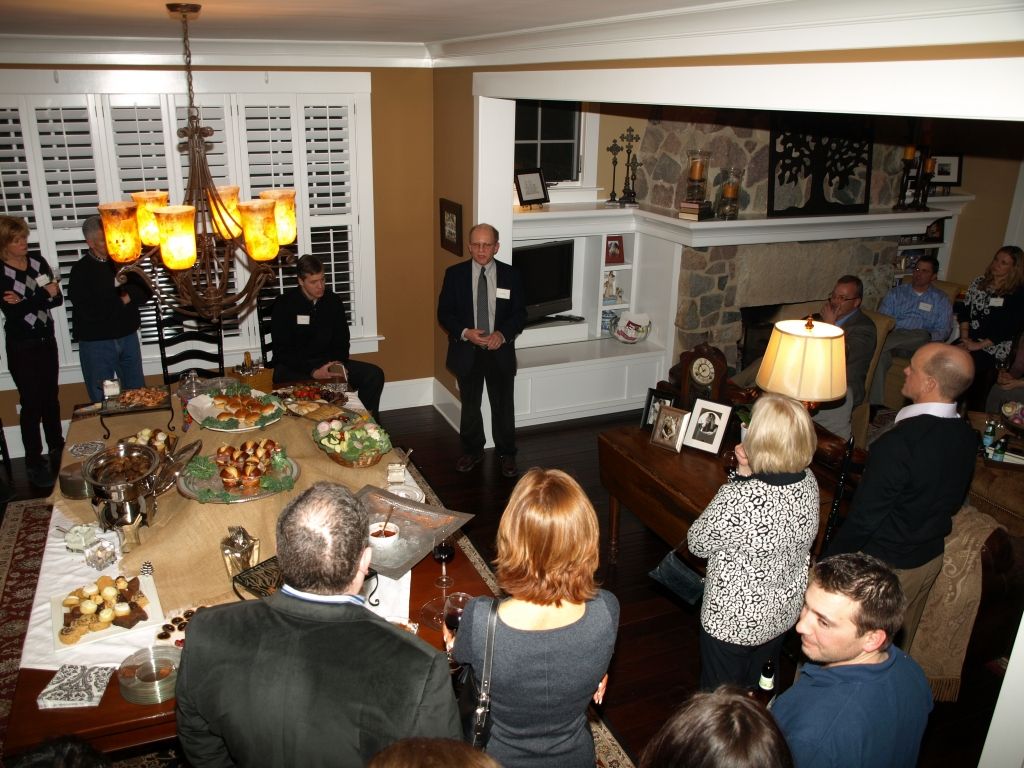 We learned that last year around this time there were still only a handful of cases known. Dr. Ed Cooper reports that now there are 90 published cases of KCNQ2 encephalopathy.[/caption]
We learned that last year around this time there were still only a handful of cases known. Dr. Ed Cooper reports that now there are 90 published cases of KCNQ2 encephalopathy.[/caption]Jim Johnson joked that in his search for information about KCNQ2 he reached the end of the Internet. Along the way, he found Jack’s Army. Saturday night he thanked all the people who generously support this grassroots organization, describing how it felt to discover that he and his wife were not alone with their daughter’s diagnosis:
[caption id="attachment_277" align="alignleft" width="518"]
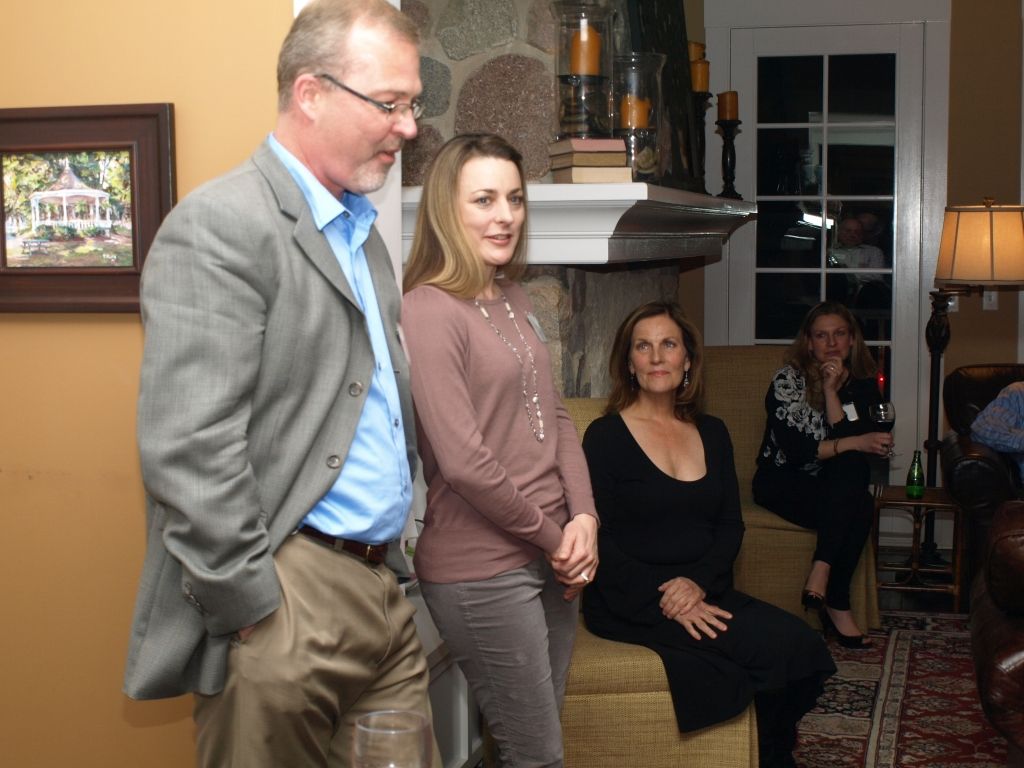 Jim Johnson, Scotty Sims, Sara James Butcher, Liz Pribaz[/caption]
Jim Johnson, Scotty Sims, Sara James Butcher, Liz Pribaz[/caption]“…that there was actually someone out there that we could talk to--I can’t tell you how much … that meant to us, to actually read Jack’s story and read that there was a doctor involved that actually was looking for answers, Dr. Cooper. How fortunate and just how connected, even through email and on phone calls with Mike and Liz, we felt…”
Meanwhile in Australia…
Another family across the world was searching for answers too. Sara and her husband waited eight long years before their daughter Jacqui’s diagnosis was made. How did we find her story?
That’s thanks to Scotty. Scotty uses the Internet to search for patients who have a KCNQ2 mutation whose parents may have started blogs or websites—messages in the digital bottle. She is keeping a database of patients whose parents have contacted the Foundation or her directly at her Facebook page, Harper’s Warriors KCNQ2. The more patients we can find, the more families we can help, the more cases there are to study, the more quickly we can hope for treatments...
While making her Internet surfing rounds, Scotty tried a search on Google.com.au and turned up a very interesting video. A Place For Us is a 30-min documentary that aired on Australian television and marks the first major media story to put a face, a beautiful face, on KCNQ2 epilepsy. We hope it won’t be the last.
Going the Distance
Sara traveled more than 9,000 miles from Melbourne to Wheaton, Illinois, to share with us about her journey with her daughter Jacqui and to meet Dr. Cooper. It was kind of surreal, and certainly inspirational, to trace the various paths that brought all of us together. “The world is very big,” Sara acknowledged Saturday night, “but the world is very, very small.”
[caption id="attachment_278" align="aligncenter" width="551"]
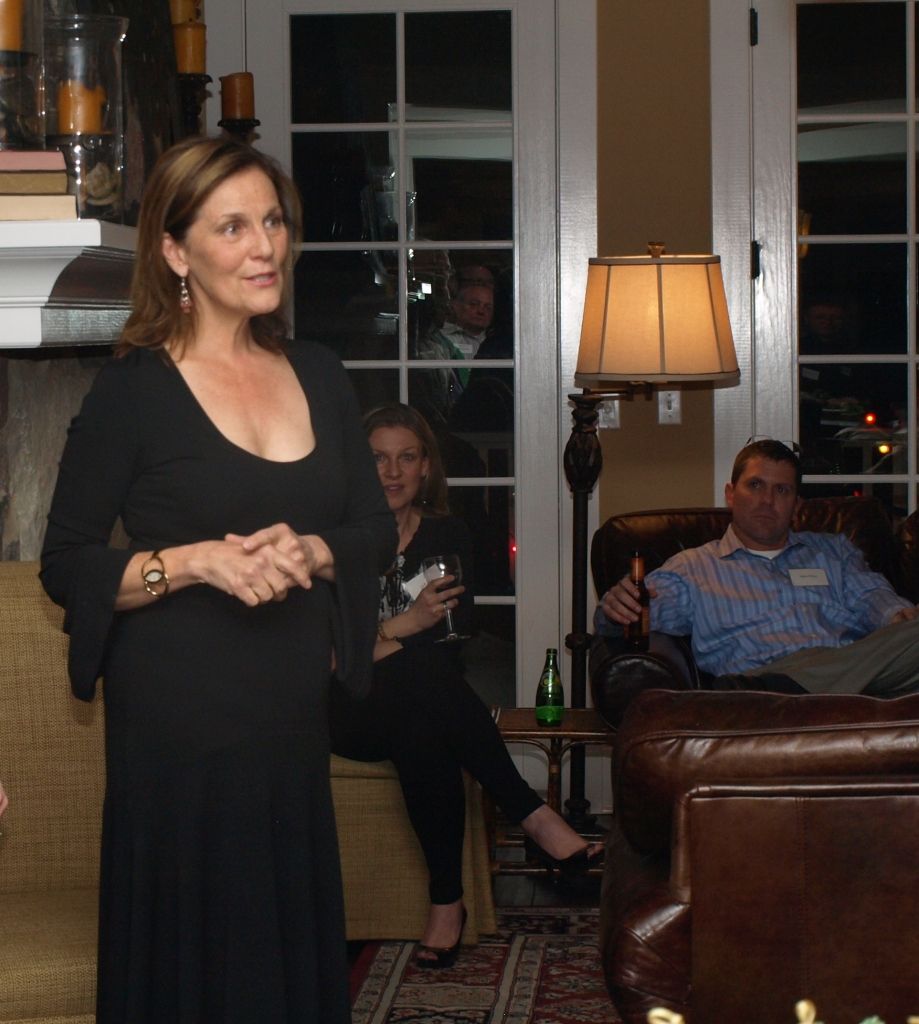 Sara James Butcher shares her daughter Jacqui's story[/caption]
Sara James Butcher shares her daughter Jacqui's story[/caption]As a matter of fact, at the beginning of his career, Dr. Cooper was inspired by pioneering work on genetic epilepsies done by Jacqui’s doctor in Australia, Dr. Ingrid Scheffer. She told Sara that with this trip she was heading right to the forefront of KCNQ2 research, and Sara’s been charged with bringing back a full report.
To do that, we will all travel to Houston, Texas, to visit Dr. Cooper’s laboratory and his team at Baylor. We are all eager to learn everything we can. Stay tuned for our Texas report!

